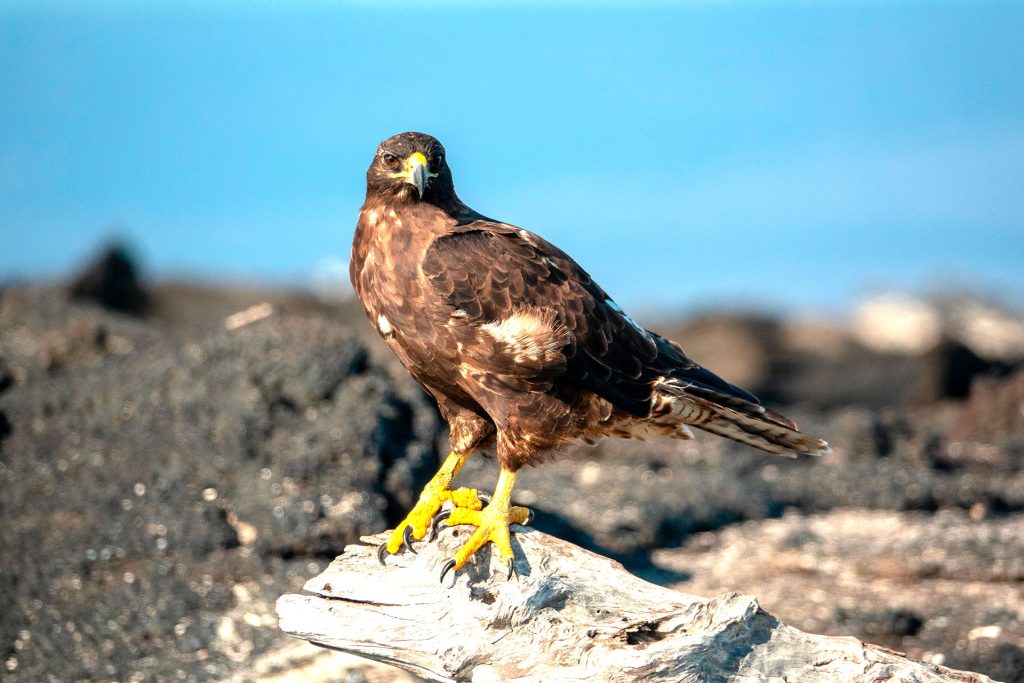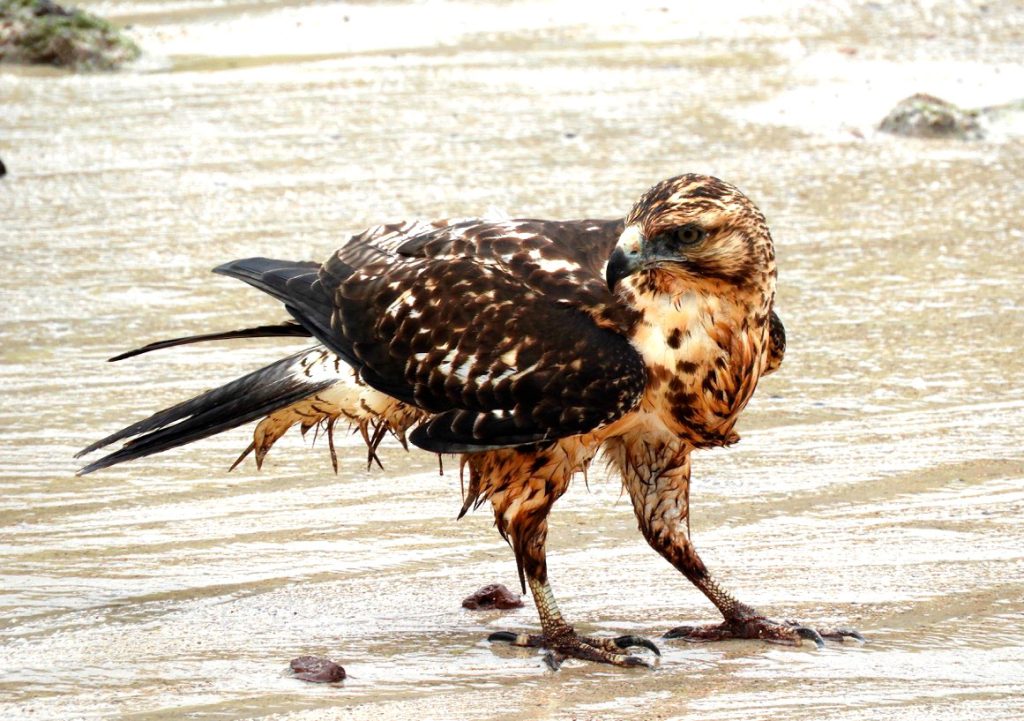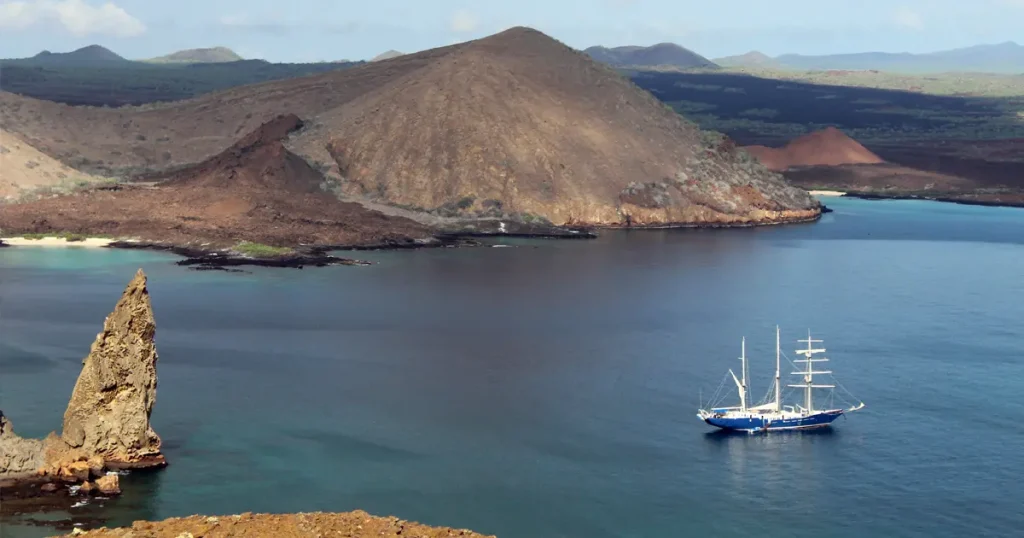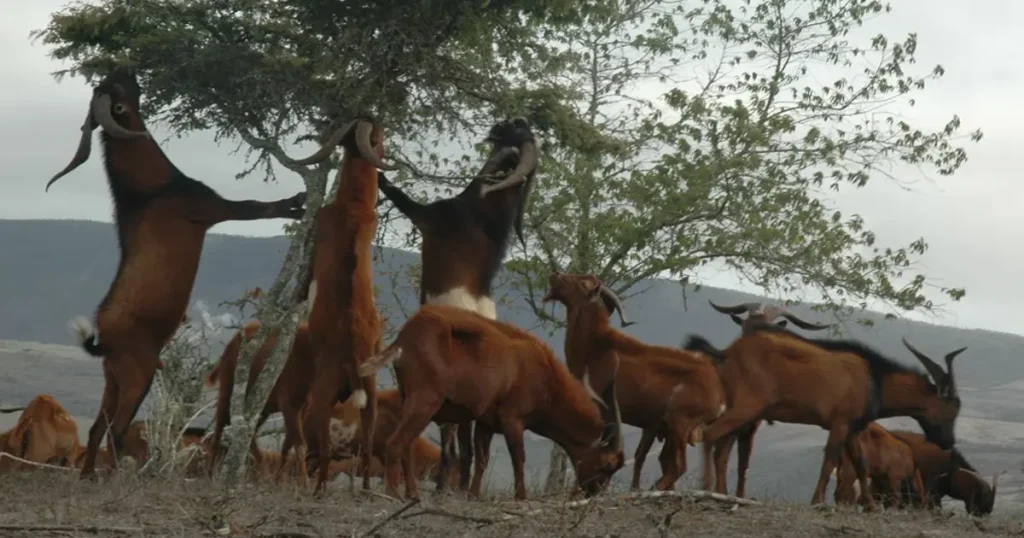The Galápagos Hawk: A Symbol of Strength and Survival in the Enchanted Islands
Date: 7/06/2023

Imagine walking along an idyllic white-sand beach, with crystalline waters lapping at your feet and a gentle breeze caressing your face. Suddenly, a pair of majestic raptors with sleek, dark plumage glide overhead like silent guardians, surveying the land below. In this natural paradise of the Enchanted Islands, the remarkable winged hunter is the Galápagos Hawk (Buteo galapagoensis), seen soaring and diving through the air as a symbol of conservation. With its piercing gaze and impressive wingspan of about 3.2 feet, the Galápagos Hawk reigns as king of the skies in this unique archipelago, but its future, like many of the islands’ species, is not certain.
Description and Habitat
Once a common species across most of the archipelago’s main islands, the Galápagos Hawk has experienced a drastic population decline, leading to its extinction on San Cristobal and Floreana Islands. Fortunately, the majestic hawk still spreads its wings over Santiago, Española, Isabela, Santa Cruz, Fernandina, Pinta, Marchena, Pinzón, and Santa Fe Islands. Among these islands, Isabela stands out as its primary habitat due to its large size, offering the hawk relative solitude and tranquility.
Diet and Predation
Preferring coastal areas and dry highlands, the Galápagos Hawk has a diet primarily consisting of small land and seabirds and includes introduced rodents and lizards. It also holds the distinction of being the sole natural predator of marine iguanas. A fascinating spectacle unfolds as the majestic hawk soars above iguana colonies, causing the curious aquatic creatures to stampede in fear — a mesmerizing dance between hunter and prey.
Conservation Status and Challenges
While the population of Galápagos Hawks is currently considered stable, estimated at 150 mating pairs, they face threats that could compromise their survival. These apex predators are mainly threatened by human impact on their habitats and competition for food sources from introduced species. As a result, the International Union for Conservation of Nature (IUCN) classifies them as “Vulnerable” on its Red List. It is crucial to take decisive action to protect these emblematic birds and their habitats.
Exploring the Diverse Habitats of the Galápagos Hawk: From Shoreline to Mountain Peaks © Franca Borio
Conservation Measures
We must implement essential conservation measures to safeguard the Galápagos Hawk and conserve the natural ecosystem dynamics in this enchanting paradise. These include conducting updated estimations of hawk populations in Galápagos and analyzing their structure and dynamics to detect signs of decline or other concerning aspects. Furthermore, investigating the threats faced by Galápagos Hawks and assessing their potential impact on the population is imperative, as well as studying the loss of genetic diversity, as it may compromise the species’ adaptive capacity.
Conservation for Future Generations
The Galápagos Hawk stands as a symbol of strength and survival in the Enchanted Islands, captivating observers with its beauty and resilience. As guardians of these marvelous birds, it is our duty to protect their habitats and work collectively to conserve Galápagos’ natural heritage. By taking decisive actions to protect these endemic birds and their habitats, we can ensure their preservation for future generations to cherish and admire. We must join together to foster the harmonious coexistence of humanity and nature in this extraordinary ecosystem for the survival and prosperity of its magnificent wildlife and people.

El gavilán de Galápagos: Un símbolo de fortaleza y supervivencia en las Islas Encantadas
En las maravillosas Islas Encantadas, existe una criatura alada que se alza majestuosamente como un símbolo de conservación, se trata del gavilán de Galápagos (Buteo galapagoensis). Con su mirada penetrante y su envergadura imponente de aproximadamente un metro, el gavilán de Galápagos es el rey de los cielos en este archipiélago tan especial. Imagina un escenario idílico: playas de arenas blancas, aguas cristalinas y una brisa fresca que acaricia tu rostro. En este paraíso natural, esta ave despliega su majestuosidad. Con su plumaje oscuro y elegante, parece una sombra en el cielo, un guardián silencioso que vigila la tierra que lo rodea.
Hábitat
En el pasado, el gavilán de Galápagos solía ser una especie común en la mayoría de las islas principales del archipiélago. Sin embargo, una grave disminución de su población lo ha llevado a la extinción en las islas San Cristóbal y Floreana. Afortunadamente, aún se lo puede encontrar en las islas Santiago, Española, Isabela, Santa Cruz, Fernandina, Pinta, Marchena, Pinzón y Santa Fe. Estas islas albergan los cielos donde este majestuoso gavilán prefiere desplegar sus alas.
Con una preferencia por las zonas costeras y las alturas secas, la isla Isabela debido a su tamaño se destaca como su hogar principal. Allí, vive en relativa soledad y tranquilidad, pero su instinto de supervivencia lo impulsa a explorar en busca de alimento para sí mismo y su familia.
Dieta
Su dieta se compone principalmente de pequeñas aves terrestres y marinas, roedores especialmente introducidos y lagartijas, y se distingue como el único depredador natural de las iguanas marinas. Estas curiosas criaturas acuáticas huyen en estampida cuando este majestuoso gavilán sobrevuela sus colonias, creando un espectáculo fascinante en el cielo y una danza entre el cazador y su presa.
Estatus de conservación y retos
Aunque actualmente la población de gavilanes de Galápagos se considera estable, enfrenta amenazas relacionadas con la presencia de especies introducidas que podrían comprometer su existencia. Por lo tanto su estatus en la Lista Roja de las Especies de la Unión Internacional para la Conservación de la Naturaleza (UICN) es “Vulnerable”.
Medidas de conservación
Ante esta situación, es crucial que tomemos medidas para proteger los ecosistemas donde habitan las poblaciones de esta emblemática ave. Para ello, es necesario llevar a cabo una serie de acciones, incluyendo una estimación actualizada del tamaño de las diferentes poblaciones de gavilanes en Galápagos. Además, es fundamental analizar la estructura y dinámica de la población, para detectar cualquier señal de disminución o cualquier otro aspecto preocupante. Asimismo, es imprescindible investigar las amenazas que enfrentan los gavilanes de Galápagos y evaluar su impacto potencial en la población. Esto incluye estudiar la pérdida de diversidad genética, que podría comprometer la capacidad de adaptación de la especie.
Conservación para las futuras generaciones
Estas acciones de conservación son vitales para garantizar la supervivencia a largo plazo del gavilán de Galápagos y mantener la dinámica natural de los ecosistemas en este paraíso natural. Debemos ser guardianes de estas maravillosas aves, protegiendo su hábitat y trabajando en conjunto para conservar la riqueza natural de Galápagos. Solo así podremos asegurar que las generaciones futuras también puedan maravillarse con la majestuosidad de este gavilán y los beneficios que genera a la población humana de Galápagos al ser uno de los más importantes atractivos turísticos.



